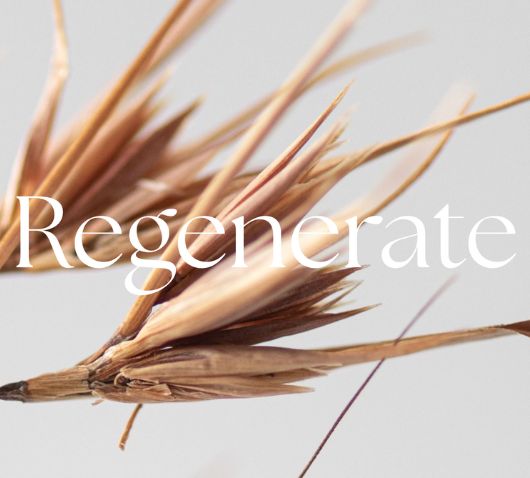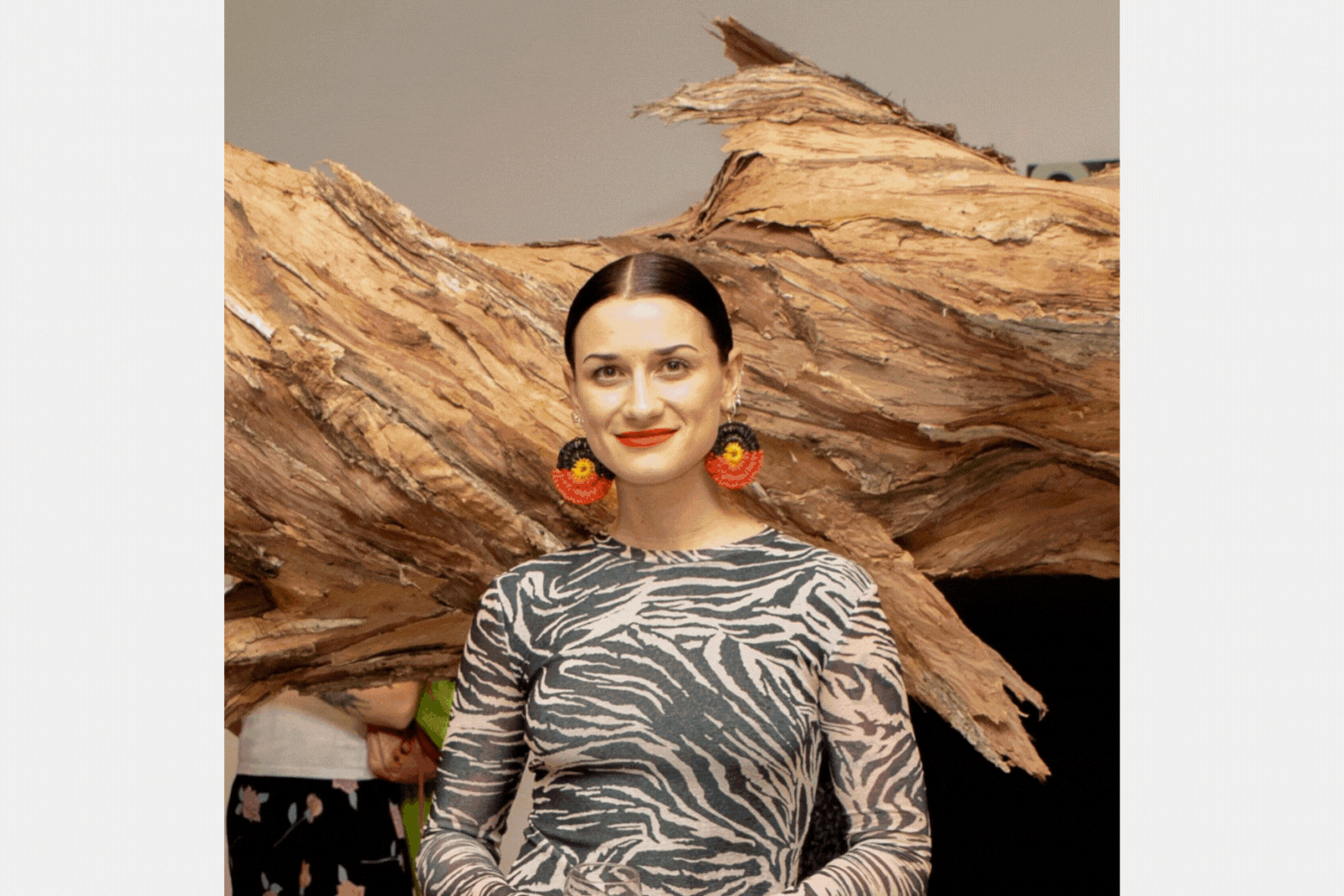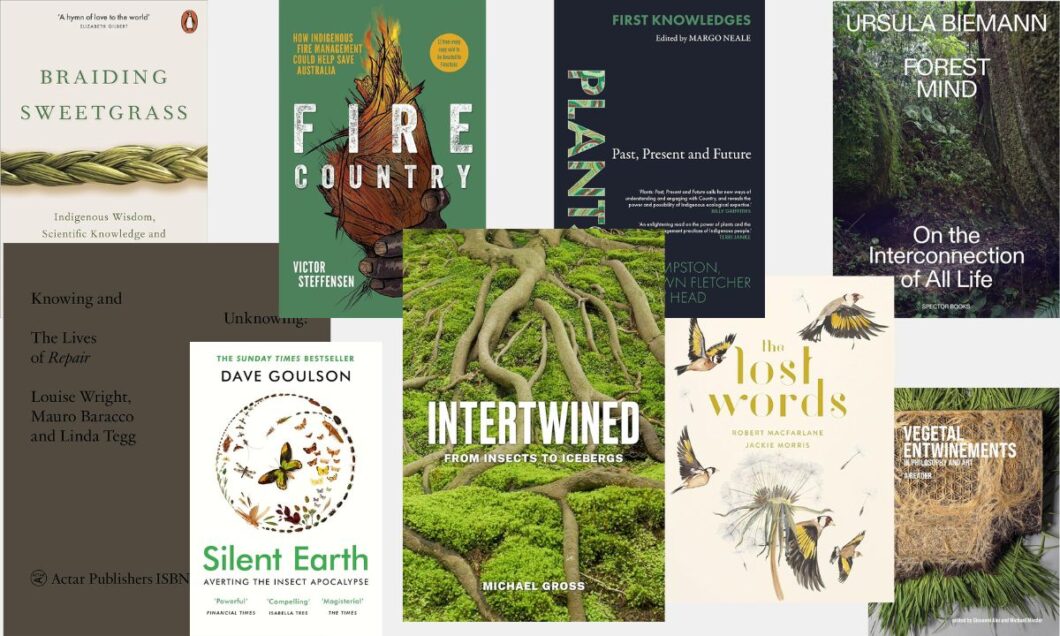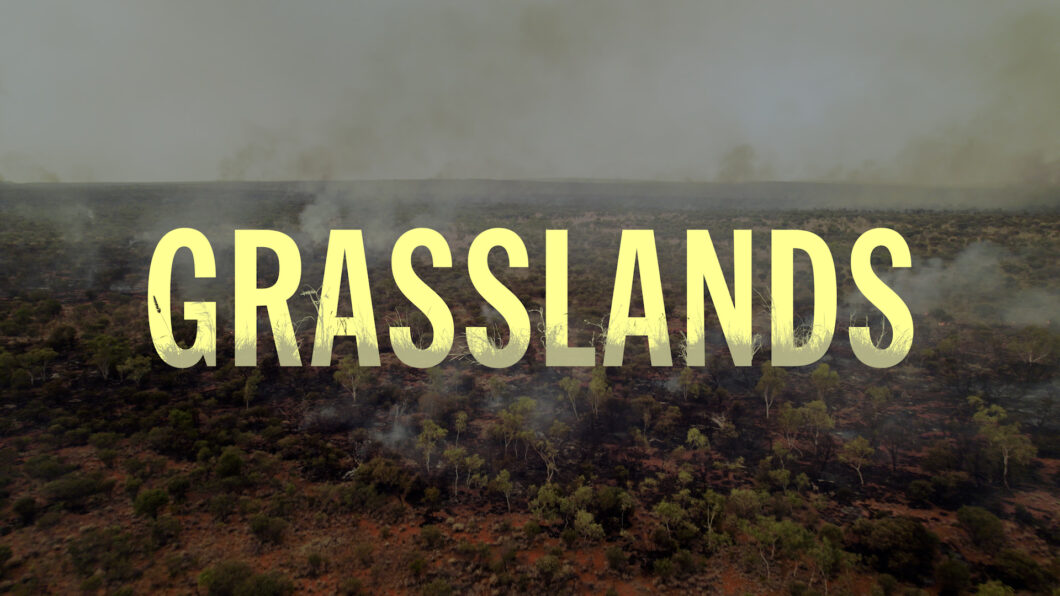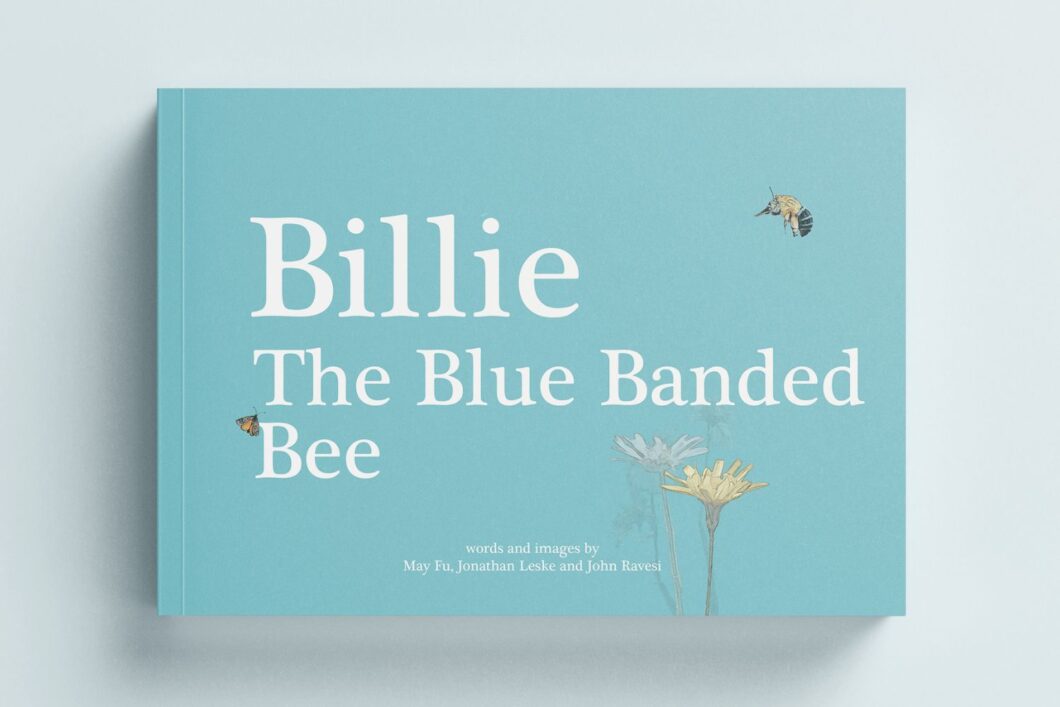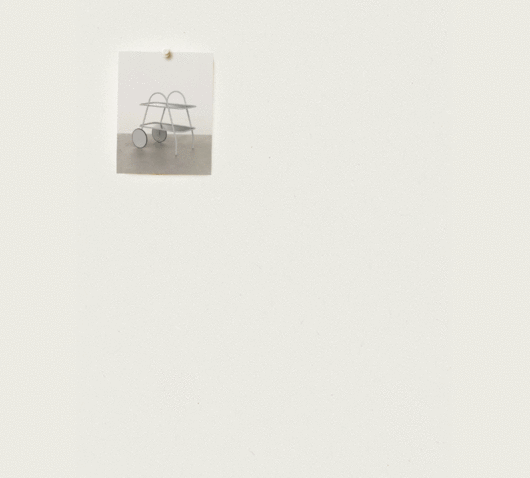They’re one of our most important ecosystems, yet grasslands have been overlooked and cleared to the point of extinction.
Unsurprisingly, Australia’s First Nations communities understood, respected, and harnessed the intrinsic value of grasslands. They covered much of the continent, utilised sustainably as a food source, medicine cupboard, building supply store – and like all Country, were recognised as alive, nourishing and wise spaces.
Razed for sheep farming, ‘in what is thought to be the fastest destruction of an ecosystem in recorded history’, grasslands in Victoria have diminished to less than 1% of their original coverage. They continue to exist mostly by accident – in forgotten and in-between places, on the sides of roads and in cemeteries.
At the brink of collapse, their value has been commended by passionate ‘grassies’, land management and climate scientists alike, guided by Indigenous knowledge holders. And we’re discovering that these humble landscapes are one of earth’s powerhouses. As well as being home to numerous small reptiles, marsupials, insects and birds, diverse grass species provide drought-resistant gluten-free grain, nanofibres as strong as steel, and natural ingredients for medicine. To top all that – grasslands are also one of the most effective zones for carbon sequestration. Restoring them is key to navigating many of our climate challenges.
So this year at Melbourne Design Week, we joined the Grassy Movement – and invited everyone to come along. Visitors could take their pick from a range of installations, activities and events on offer, from botanic installations to a Grasslands Reading Lounge, film viewing station, and sneak peek of our next collection designed by Adam Goodrum.
Support The Grasslands documentary
